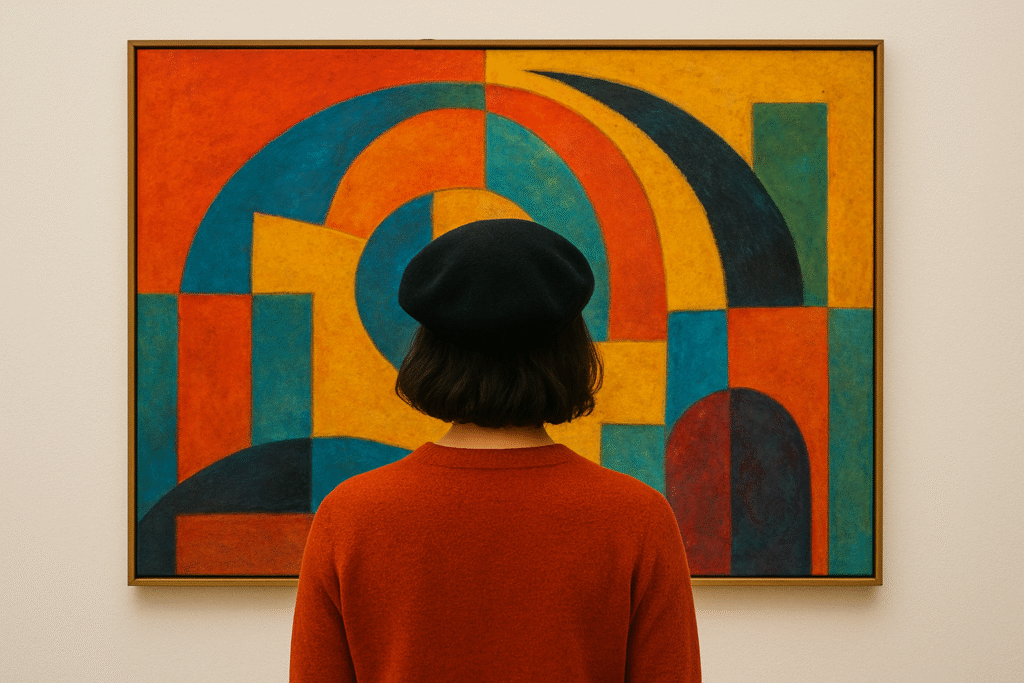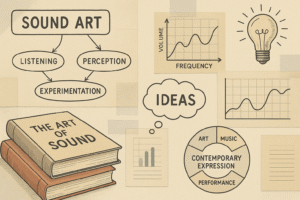
Cracks in the White Walls
For decades, the gallery stood as the gatekeeper of contemporary art: a pristine white cube where careers were made, collectors courted, and reputations sealed. Yet today, more and more artists are stepping outside those walls. Their departure is not born of rejection alone, but of a desire for freedom—creative, financial, and communal. The gallery model, with its exclusivity and rigid hierarchies, is being questioned by a generation of artists who would rather meet audiences where they are, rather than wait for them to walk through polished glass doors.
Digital Platforms as Exhibition Spaces
The internet has become the largest gallery on earth—an exhibition hall with no closing hours, no geographic boundaries, and an audience that scrolls by the billions. Artists are increasingly turning to platforms like Instagram, digital marketplaces, or even their own websites, bypassing dealers entirely. Here, works are not mediated by curators or sales strategies but shared directly with viewers. While some critics argue that this flattens the experience of art, others see it as democratizing—a space where discovery is no longer limited to those who can attend openings in New York, London, or Berlin.
Nomadic Collectives and Temporary Spaces
Beyond the digital realm, alternative models are flourishing in physical form as well. Nomadic collectives, pop-up exhibitions, and artist-run initiatives are creating agile networks that can respond more quickly to cultural and social currents than traditional galleries often can. A disused warehouse, a friend’s apartment, even a public square can be transformed into a site of encounter. These temporary spaces thrive on experimentation and community, emphasizing dialogue and participation over sales. They remind us that art does not need permanence to carry weight—it needs presence.
Rethinking Value and Visibility
The flight from galleries also reflects a deeper rethinking of value. For many artists, the standard gallery commission model—often taking half of every sale—feels increasingly untenable. By cultivating their own platforms, artists retain more control not only over income but over the contexts in which their work is shown. Visibility, too, is shifting. Instead of waiting to be chosen by a curator, artists are self-organizing, amplifying one another, and using networks rather than hierarchies to gain recognition. This redistribution of power is perhaps the most radical disruption of all.
The Gallery’s Uncertain Future
Does this mean the end of the gallery? Not necessarily. Galleries still play a vital role in preservation, scholarship, and long-term market development. Yet their monopoly on visibility is waning. If they are to remain relevant, they may need to reinvent themselves—not as gatekeepers, but as collaborators with the broader ecosystems of artists, audiences, and digital communities. The gallery’s pristine white cube is no longer the sole site of meaning; it is one among many.
Art Without Borders
What emerges from this shift is a vision of art that is more porous, more mobile, and more inclusive. The rise of alternative spaces—whether virtual or physical—suggests that art is thriving precisely because it refuses confinement. The white cube may once have symbolized neutrality, but neutrality is no longer enough. Today’s artists seek resonance, connection, and immediacy. By fleeing the gallery model, they are not abandoning art’s institutions, but reframing them—reminding us that the true home of art is not in a space at all, but in the lived encounters it creates.




